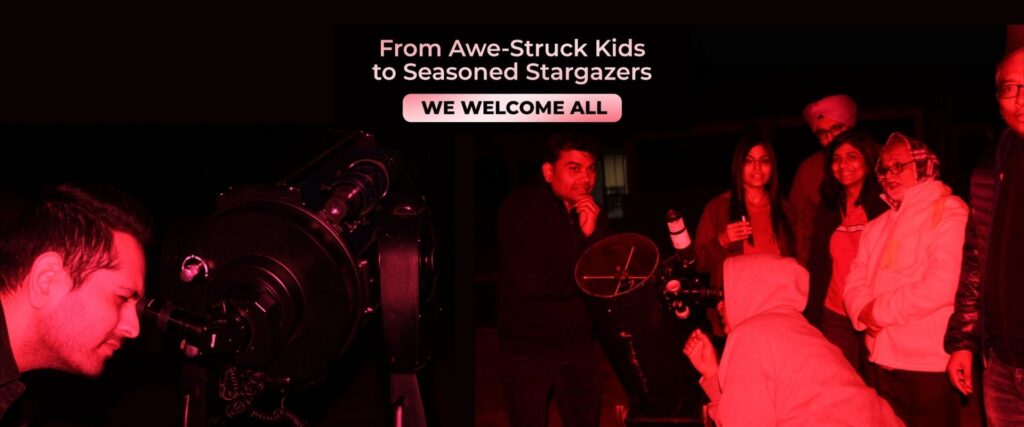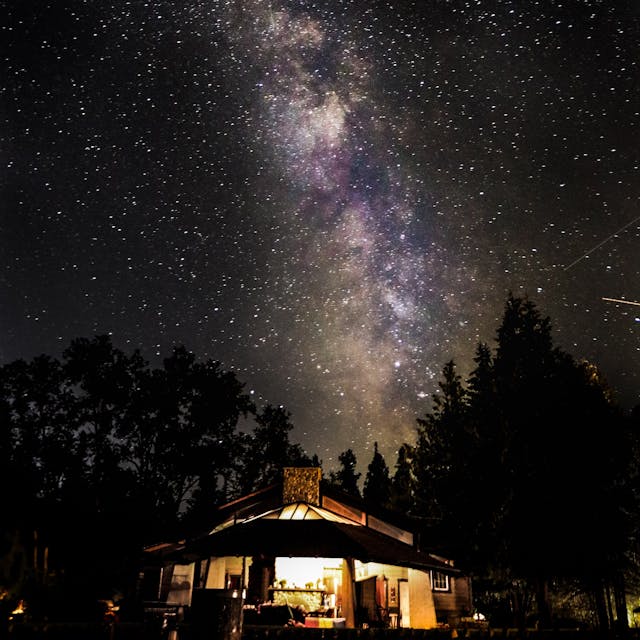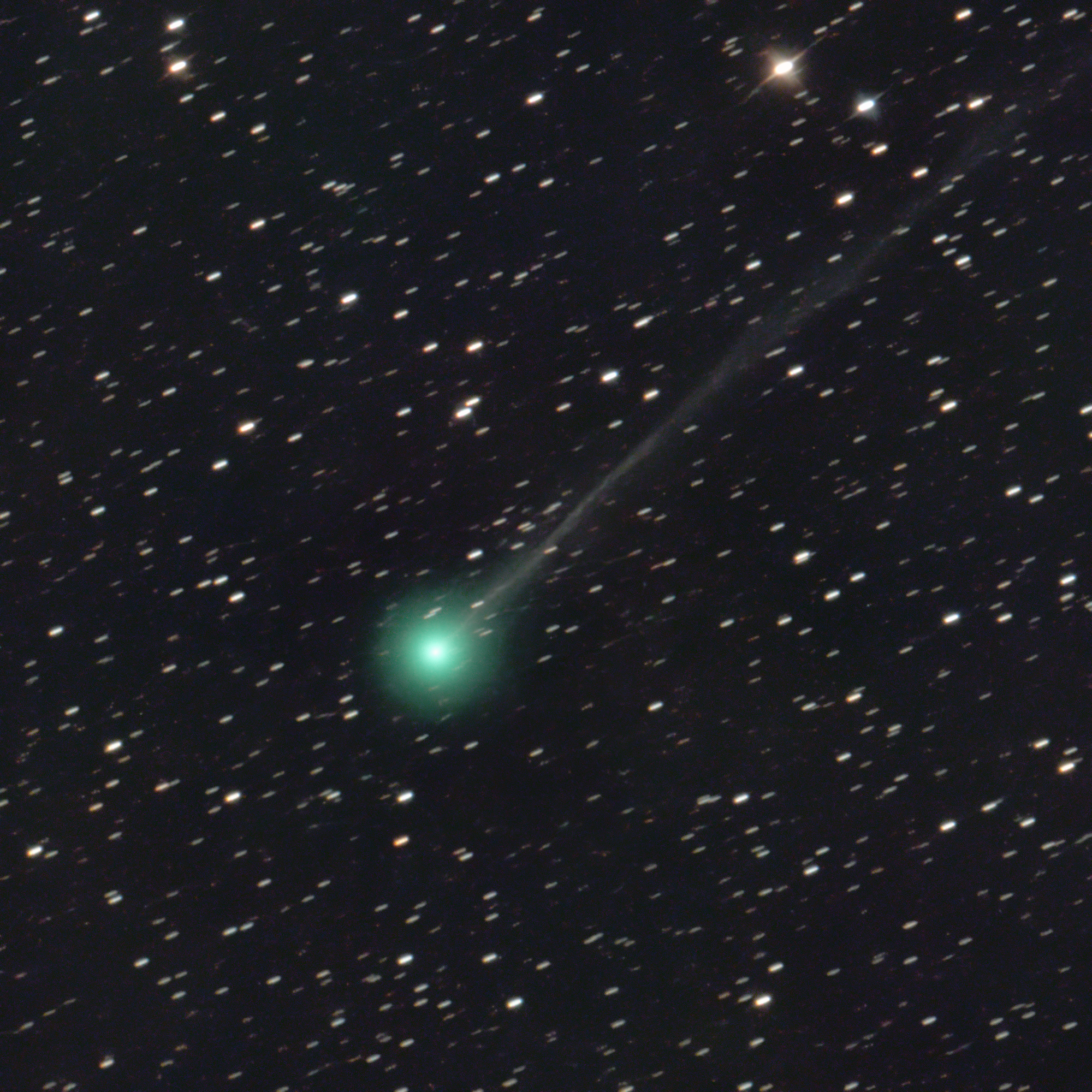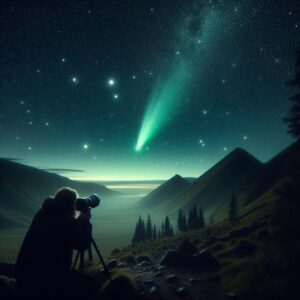Gazing up at the night sky has always evoked a sense of wonder and curiosity. The stars and celestial objects that adorn the darkness above us hold countless mysteries waiting to be unraveled. Whether you’re a seasoned astronomer or a beginner just starting to explore the wonders of the cosmos, understanding the essentials of stargazing is a must. In this Stargazing Basics and Guide, we delve into the depths of the night sky, providing a definitive stargazing definition that will not only satisfy your quest for knowledge but also ignite your passion for the universe.
From identifying constellations and planets to unraveling the secrets of deep space objects, we’ll guide you through the fundamentals of stargazing. Learn how to navigate the night sky, choose the right equipment, and enhance your stargazing experience with useful tips and tricks. Discover fascinating facts about the stars, galaxies, and other celestial phenomena that exist billions of light-years away. Embark on a captivating journey as we unlock the secrets of the night sky and provide you with the tools to become a skilled stargazer. Get ready to gaze into the depths of the universe and let your imagination soar.
The importance of understanding the night sky
The night sky has been a source of inspiration, fascination, and guidance for humanity throughout history. From ancient civilizations who used the stars for navigation and timekeeping, to modern astronomers who study the universe’s origins and evolution, the night sky holds immense significance. Understanding the night sky not only allows us to appreciate its beauty but also provides insights into our place in the universe. Furthermore, stargazing can be a meditative and awe-inspiring experience, connecting us to something much larger than ourselves.
The basics of stargazing – equipment and preparation
You’ll need a few essential tools to embark on your stargazing journey. The first and most important is a clear view of the night sky, away from the glare of city lights. Finding a dark location, such as a rural area or a designated stargazing site, is crucial for optimal viewing conditions. Next, you’ll need a reliable star chart or smartphone app to help you navigate the sky. These resources will guide you in identifying constellations, stars, and other celestial objects. Additionally, investing in a good pair of binoculars or a telescope can greatly enhance your stargazing experience, allowing you to observe distant objects in greater detail.
In this Stargazing Basics and Guide we make sure to prepare you for a successful and enjoyable stargazing experience. Dressing appropriately for the weather, bringing a comfortable chair or blanket, and packing snacks and drinks will ensure your comfort throughout the night. It’s also important to check the weather forecast and plan your stargazing session on a clear, moonless night for optimal visibility. With the right equipment and preparation, you’ll be ready to explore the wonders of the night sky.
Exploring the constellations and their significance

One of the most enchanting aspects of stargazing is the ability to recognize and identify constellations. These patterns of stars have captivated humans for centuries, often carrying mythological or cultural significance. From Orion the Hunter to Ursa Major and the Big Dipper, each constellation tells a unique story. Learning to identify these celestial formations can be a rewarding experience, allowing you to navigate the night sky with confidence and appreciate the rich history and mythology associated with each constellation.
Understanding celestial objects – stars, planets, and galaxies
Beyond the constellations the Stargazing Basics and Guide covers the complete night sky, that is filled with a vast array of celestial objects. Stars, planets, and galaxies are just a few examples of the wonders waiting to be discovered. Stars, like our own sun, are immense balls of gas that emit light and heat. They come in various sizes, colors, and stages of evolution. Planets, on the other hand, are celestial bodies that orbit around a star, including Earth, Mars, and Jupiter. Galaxies, on a much larger scale, are massive collections of stars, gas, and dust, forming intricate structures throughout the universe.
The science behind stargazing – astronomy and astrophysics
Stargazing is not just about observing the night sky; it is also a scientific pursuit. Astronomy, the study of celestial objects and their properties, and astrophysics, which focuses on the physical processes that occur in the universe, form the foundation of our understanding of the cosmos. These fields of study allow astronomers to unravel the mysteries of the universe, from the birth and death of stars to the existence of black holes and the expansion of the universe. By exploring the science behind stargazing, we gain a deeper appreciation for the intricate mechanisms at play in the vastness of space.
Tips for successful stargazing – finding dark skies and reducing light pollution
Achieving optimal stargazing conditions requires finding a location with minimal light pollution. Urban areas with their bright lights can obscure the view of the night sky. To fully appreciate the wonders of the universe, it’s best to venture to remote areas where the night sky is not hindered. Additionally, using red lights instead of white lights while reading star charts or adjusting your equipment can help preserve your night vision. By following these tips, you can maximize your stargazing experience and truly immerse yourself in the beauty of the night sky.
Popular stargazing events and festivals
Stargazing is not limited to solitary experiences; it can also be a communal activity. Many stargazing events and festivals like Meteor Showers, Eclipses, Conjunctions, Alignments, and many more are hosted at the Astroport locations – Astroport Sariska, Rajasthan Astroport Dwarasamudra, Karnataka, Astroport Ajmer, Rajasthan, Astroport Ashtamudi, Kerala, & Astroport Dhela, Corbett, Uttarakhand
To know more, chat with us on WhatsApp or Call us – +91-9278767700 [9-ASTRO-7700]
Bringing together amateur and professional astronomers, astrophotographers, and space enthusiasts. These events often feature educational workshops, telescope viewings, and talks by experts in the field. Attending a stargazing event can be a great way to connect with like-minded individuals, learn from astronomers, and witness the night sky.
Online resources for stargazers – apps, websites, and forums

In the digital age, a wealth of stargazing resources is available at your fingertips. Numerous smartphone apps, such as SkyView, Star Walk, and Stellarium, offer real-time sky maps, augmented reality features, and detailed information about celestial objects. Websites dedicated to astronomy provide comprehensive guides, tutorials, and articles, catering to both beginners and experienced stargazers. Online forums and communities allow enthusiasts to share their experiences, and connect with experts in the field. Utilizing these online resources can greatly enhance your stargazing journey and expand your knowledge of the cosmos.
The wonders of the night sky and the joy of stargazing
The night sky is a canvas of endless possibilities, inviting us to explore, question, and marvel at the mysteries of the universe. Stargazing provides a unique perspective, allowing us to connect with something much greater than ourselves. With this Stargazing Basics and Guide, equipping ourselves with the right tools, and immersing ourselves in the science and beauty of the night sky, we can unlock its secrets and embark on a lifelong journey of discovery. So, take a moment to look up, let your imagination soar, and experience the magic of the night sky.
The universe awaits you!



















